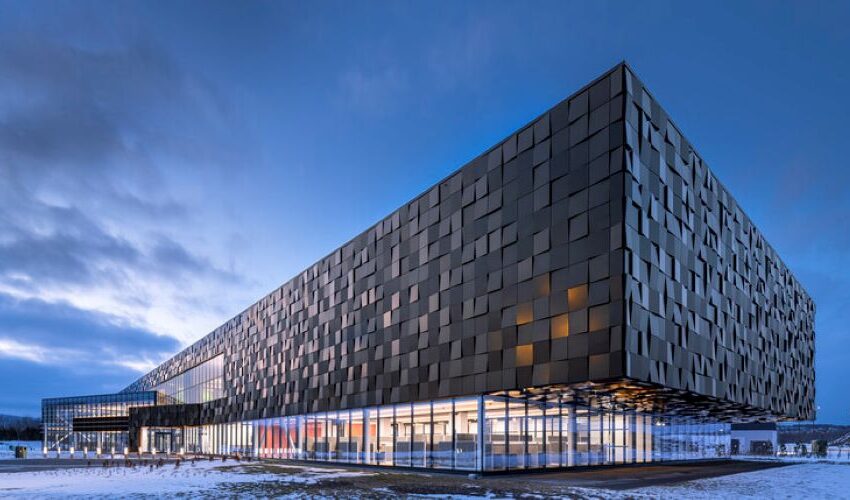Exploring the role of materials in facade design

Robin Sisodiya
The facade of a building serves as a remarkable testament to the architectural prowess and creative vision of architects and designers. It not only acts as a protective shield but also sets the tone for the entire structure. The architecture of the facade plays a pivotal role in defining the character, aesthetics, and identity of a building structure. The selection and implementation of materials are critical factors that contribute to creating visually striking and structurally sound facades. Let us explore role of materials and the significance of material selection in facade design.
Materials as functional and aesthetic elements
A well-designed facade goes beyond its visual impact; it also fulfills functional purposes. Apart from serving as a resilient layer that safeguards the building against external elements such as weather conditions, it also contributes to energy efficiency by regulating heat gain and loss, thus reducing the building’s environmental impact. Architects meticulously choose materials that possess both aesthetic appeal and practical attributes to address these functions effectively.
Significance of material selection and integration
The choice of materials for a building facade architecture is an expansive realm, encompassing traditional and cutting-edge options. Each material brings its own unique characteristics, adding depth, texture, and colour to the facade. Timeless materials like brick, stone, and wood exude elegance and authenticity, instilling a sense of warmth. Conversely, modern materials such as glass, metal, and concrete offer sleekness, transparency, and a contemporary touch to the house facade design. Intricate details, such as ornamental stone carvings or intricate metalwork, can bestow a sense of craftsmanship and add a touch of artistry to the building’s exterior. The selection of materials also reflects the theme and ambience of home interiors.
The integration of materials is a meticulous process that goes beyond material selection. Architects strategically blend materials to create visual interest through contrasting textures and colours. By juxtaposing sleek glass panels with textured stone cladding, for instance, a captivating interplay of surfaces is achieved. Materials can be employed to accentuate specific architectural features or delineate distinct functional areas within the facade, contributing to a cohesive and harmonious design.
Durability, maintenance, and sustainability
The choice of materials for a building facade architecture extends beyond their visual attributes. Architects must consider factors such as durability, maintenance requirements, and sustainability. Sustainable materials, including recycled or locally sourced options, can significantly reduce the environmental impact of the building while enhancing its eco-friendly credentials. Further, considering the long-term durability and ease of maintenance ensures that the facade retains its aesthetic appeal and functionality for years to come.
As architects continue to push boundaries and explore innovative materials, the building facade architecture remains a captivating realm where creativity, functionality, and aesthetics converge. As new materials and techniques emerge, architects have the opportunity to explore uncharted territory, blending aesthetics with functionality in unprecedented ways. This constant pursuit of excellence continues to reshape the landscape of building facades, challenging conventional norms and elevating the standards of architectural design.
Robin Sisodiya is Founder & Principal Architect, ASRO Arcade

